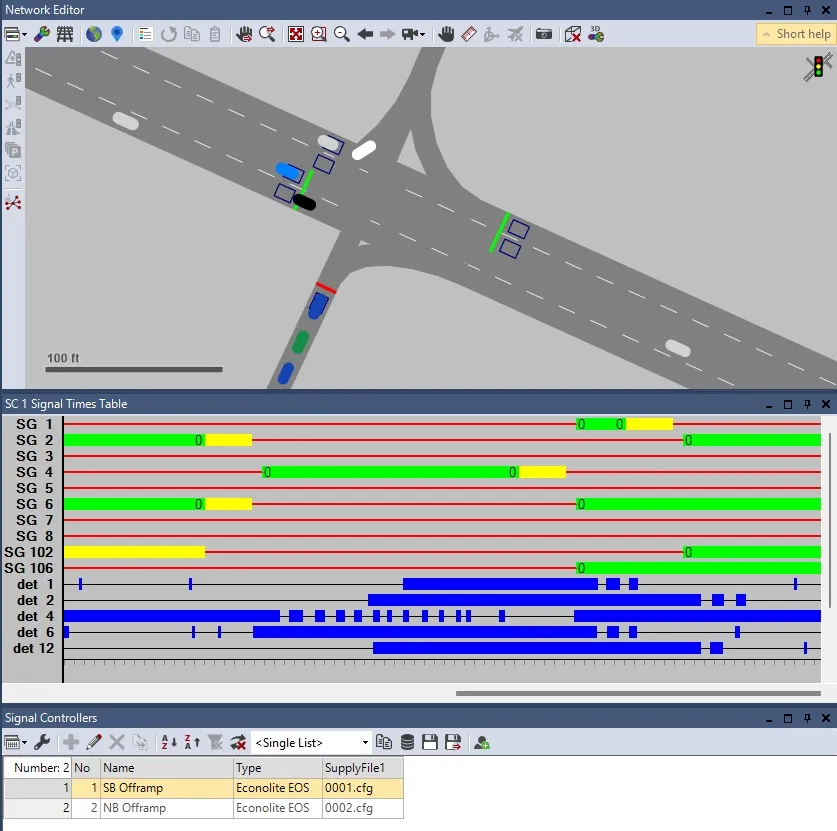TRL’s MOVA (Microprocessor Optimised Vehicle Actuation) is an established strategy for the control of traffic light signals at isolated junctions.
TRL Software has now launched MOVA Tools 1.1, the latest version of the MOVA data configuration program, previously known as MOVA setup.
The program allows the user to create and edit MOVA dataset files for all versions of MOVA, taking the user step-by-step through the data required to configure a MOVA site. The program also allows datasets to be converted for use with different versions of MOVA.
Previously only available on the iOS platform via TRL TraffApps program, MOVA Speed allows the user to accurately measure the cruise speeds for each lane which MOVA requires for safe and efficient operation.
TRL is committed to helping traffic engineers to work efficiently by providing software on appropriate platforms. Adding MOVA Speed into MOVA Tools 1.1 brings these utilities together and allows us to provide this functionality for Windows users.










